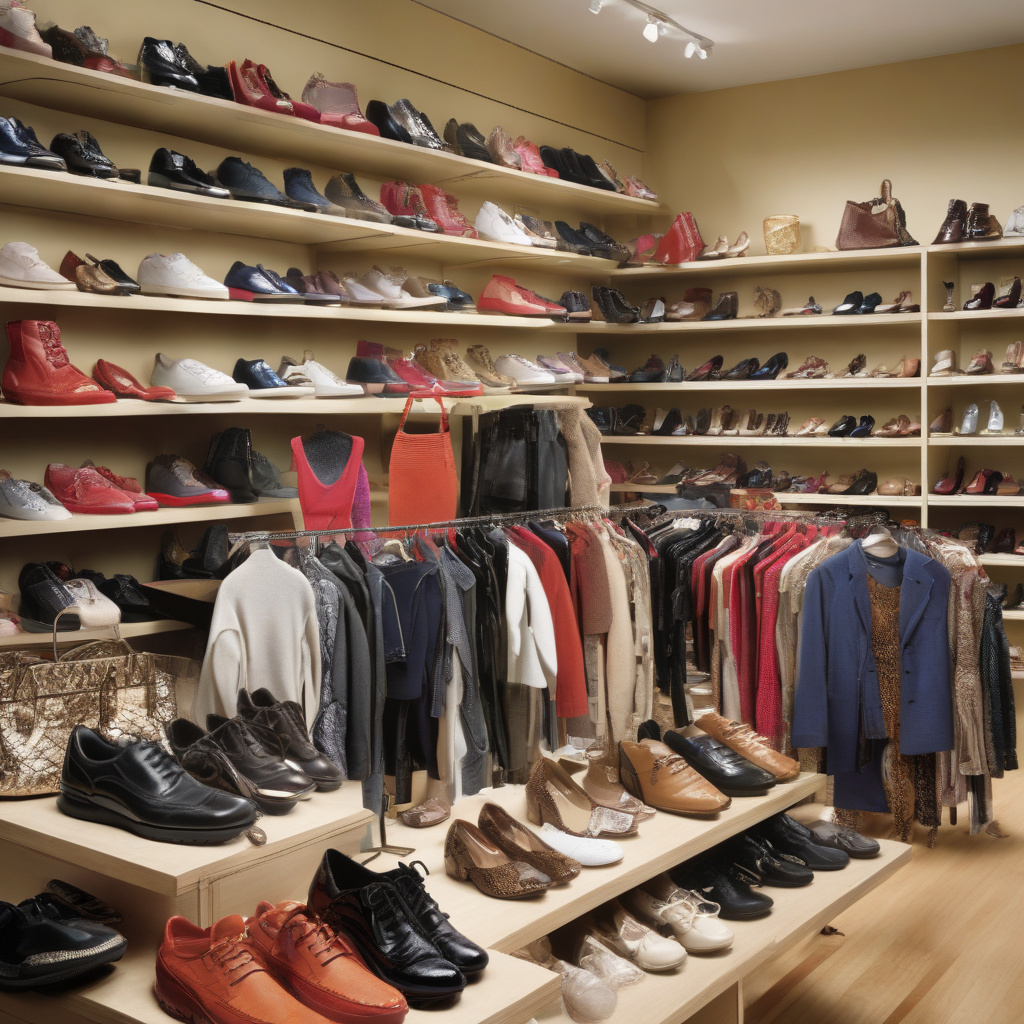It’s Not Just Secondhand Retailers That Have a Counterfeit Problem
In recent years, the luxury e-commerce landscape has witnessed a troubling trend: an alarming increase in counterfeit goods infiltrating online marketplaces. While the issue of fake products is often perceived as a challenge primarily faced by secondhand retailers, the reality is that high-end brands and luxury e-commerce platforms are grappling with this problem as well. The surge in counterfeit items is not only detrimental to brand integrity but also poses a significant threat to consumer trust and safety.
Luxury retailers have traditionally leaned on robust authentication processes to ensure the legitimacy of their products. However, the rising incidence of returns fraud has compelled many retailers to reconsider the cost and feasibility of these systems. Implementing a comprehensive authentication system can be prohibitively expensive and complex, particularly for smaller brands that lack the resources of industry giants. As a result, retailers are seeking alternative measures to combat counterfeit goods and identify shady customers.
The rise of online shopping has made it easier for counterfeiters to reach potential buyers. With just a few clicks, consumers can browse an array of luxury items, often at prices that seem too good to be true. This convenience, however, comes with a hidden cost. According to a report by the American Apparel & Footwear Association, counterfeit goods cost the U.S. economy approximately $250 billion annually. Moreover, the online retail sector is particularly vulnerable, as counterfeiters leverage sophisticated tactics to create convincing replicas of high-end products.
To mitigate the risks associated with counterfeit goods, retailers are adopting more proactive strategies. One such approach is the implementation of advanced data analytics to assess customer behavior. By analyzing patterns in purchasing and return behavior, retailers can identify potential fraudsters before they wreak havoc on their operations. This data-driven approach allows retailers to take preemptive action, potentially preventing counterfeit transactions before they occur.
For instance, luxury e-commerce platforms are increasingly utilizing machine learning algorithms that analyze factors such as the frequency of returns, the value of items being purchased, and the geographical location of buyers. These algorithms can flag suspicious activity, allowing retailers to conduct further investigation before processing an order. This not only helps in identifying counterfeit transactions but also protects legitimate customers from the effects of fraud.
Another alternative measure gaining traction is the use of blockchain technology. By creating an immutable record of each product’s journey from production to sale, retailers can provide customers with verifiable proof of authenticity. This technology not only enhances transparency but also fosters trust between retailers and consumers. Companies like Everledger are already employing blockchain solutions to track the provenance of luxury goods, making it more difficult for counterfeiters to operate undetected.
Furthermore, luxury brands are increasingly collaborating with third-party authentication services that specialize in identifying counterfeit goods. These partnerships enable retailers to leverage the expertise of professionals who can authenticate products efficiently and accurately. For example, platforms like The RealReal have built a reputation for their rigorous verification processes, ensuring that every item sold is genuine. By aligning with such services, luxury e-commerce sites can bolster their credibility and maintain consumer trust in an otherwise murky marketplace.
Additionally, engaging consumers in the fight against counterfeiting can also prove beneficial. Educating customers about the signs of counterfeit products and encouraging them to report suspicious items can create a community-driven approach to combating fraud. Retailers can leverage social media and email campaigns to share tips on identifying counterfeit goods, further solidifying their commitment to consumer protection.
The luxury market is at a crossroads. As counterfeit goods proliferate and return fraud becomes more sophisticated, retailers must adapt to a changing landscape. By investing in data analytics, exploring blockchain technology, and collaborating with authentication experts, luxury e-commerce platforms can take significant strides in safeguarding their products and preserving consumer trust.
In conclusion, the counterfeit problem extends far beyond secondhand retailers, affecting even the most esteemed luxury brands. As the e-commerce environment continues to evolve, retailers must be proactive in their efforts to combat this issue. By embracing innovative strategies and fostering a culture of transparency, the luxury sector can navigate the challenges posed by counterfeit goods and remain a trusted source for consumers.
luxuryretail, counterfeitgoods, ecommerce, consumertrust, brandintegrity
